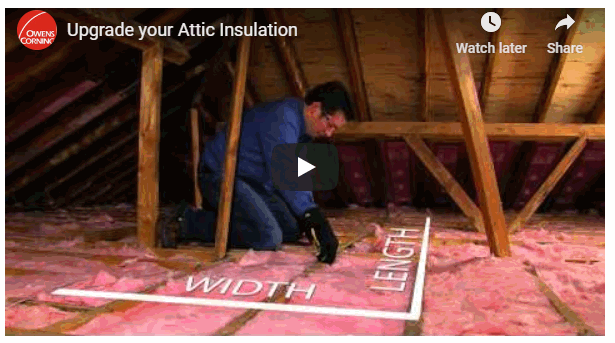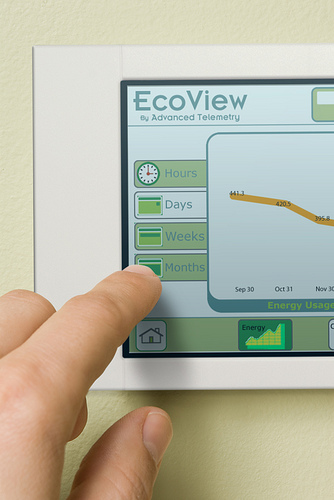Heading into the winter months as temperatures fall, many home heating bills will begin to rise, some dramatically. Fortunately, there are several things you can do to reduce your monthly heating expenses.
1. Add Insulation
If you live in a really old home, you might not even have any insulation in the walls so you might be able to add insulation between the outer and inner walls to help keep your house warmer. However, any house built after 1965 will have some insulation in the walls. In 1965, building codes in the U.S. required that new homes being built have insulation in the walls. The requirements have changed several times since then, but now it is required the entire house be insulated and the big trend is moving towards creating an air seal. You can create an air seal in your home using a material like spray foam or injection foam since they create a total air barrier.
If you have some insulation in your walls but can see gaps around wall penetrations like A/C units or pipes that go through walls you can fill those gaps with spray foam that comes in a can called Great Stuff. After sealing gaps the next step is to look up. Since heat rises, a major consideration should be adequate insulation in your ceiling.
https://youtu.be/vnOY2rETE2M
2. Weather Strip Doors and Windows
Over time, weather stripping around your windows and doors can break down and wear away, leaving gaps where cold air can enter and chill your home. Check for gaps around your windows and doors, and replace worn or missing weather strips to seal gaps around these strategic locations. Some people place cloth or foam rolls along the bottom of the entrance doors to repel cold air there, as well. Storms doors can also be added or replaced to buffer cold air away from your home’s entrances. Windows can also be covered with plastic to create another air barrier that will reduce heat loss through the windows themselves.
3. Caulk
Caulk might give you the most bang for your energy-saving buck. Sealing cracks and gaps in the outside shell of your house stops both water and air infiltration, eliminating drafts and drastically reducing the amount of air that needs to be heated. Keeping water out prevents wood rot and pest infestations. The best part is calk is extremely inexpensive so even if you need several tubes to seal your entire house they only cost a few dollars each.
4. Get an HVAC Inspection
Just like regular medical checkups, your home needs periodic inspections as well. Schedule annual heating repair evaluations to see if your HVAC system has parts that have broken or are weakened. This can not only enable your furnace to operate more efficiently and heat up the entire home evenly and effectively, but it can also head off a major repair bill in the future.
5. Set Your Thermostat to Moderate Temperatures
If residents in your home include infants, seniors, or people with chronic illness, you may need to keep your house thermostat set at stable temperatures, like seventy-five degrees by day and sixty-eight to seventy by night. Of course, these are variable temperatures that may need to differ based on occupants’ health needs or preferences. Maintaining the same or similar daytime and night-time temperatures will keep the home uniformly comfortable without making the furnace work hard to raise the temperature when the thermostat is set too low.
6. Change Energy Providers
If your heating bill keeps going up, it may be a good idea to compare heat providers and choose another supplier. Energy companies can be competitive, and you might be able to get a lower rate, even if it is temporary.
Don’t be overwhelmed by high heating bills. Take proactive steps now to lower the cost of heating your home this winter.
You might also like:



